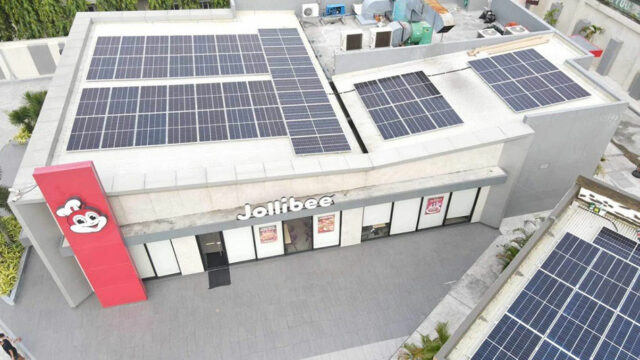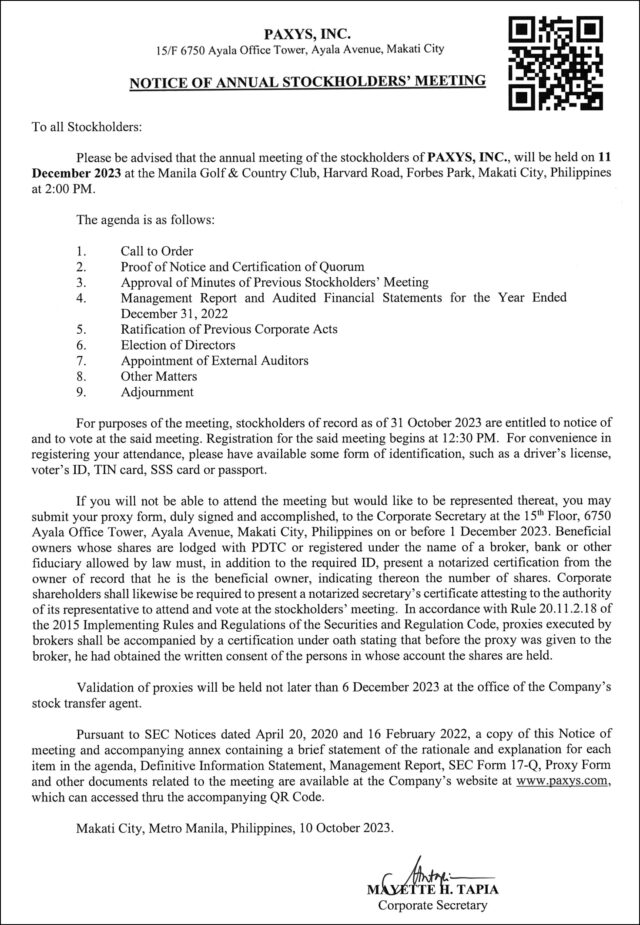With economic turbulence not letting up post-pandemic, the adage “don’t put all your eggs in one basket” has never rung truer.
For Philippine small and medium enterprises (SMEs), the economic slowdown of major global economies, trade tensions between global players, and inflationary pressures have led to higher import costs and increased prices of goods and services. Thus, diversifying their revenue streams is not just a strategic choice, but a shield against further economic volatility. By diversifying revenue sources, they can reach new customers, mitigate risk, minimize vulnerability to supply chain issues and price increases, and have more flexibility to adjust pricing and adapt to market changes.
THE THREE MAIN DIVERSIFICATION STRATEGIES
Horizontal diversification refers to acquiring or developing new products or services that complement one’s core business and appeal to existing customers. An example is a salon business expanding into skin care products, or a shoemaker selling bags and leather accessories. This strategy enables them to use existing resources, skills, and reputation to bring in more customers.
Concentric diversification adds new products and/or services related to current products or industries, while attracting different customers because of their technology or marketing aspects. For instance, a manufacturer of power tools may start producing home appliances. This strategy leverages existing technologies and equipment, while attracting a new target market.
Conglomerate diversification adds new products or services that are entirely different and unrelated to the core business. For instance, a furniture installation company may offer electrical installation, or a home appliance manufacturer may start its own retail stores. This is the riskiest out of the three diversification strategies: it requires more intensive research and development, resources to enter a new market, and marketing to a completely different consumer base.
CONSIDERATIONS TO SUCCEED IN DIVERSIFICATION
Like every business decision, diversification also comes with risks — especially if done without sufficient skill, resources, and deliberation. Thus, if a business already has diversification opportunities in the works, ensure that the strategy is guided by the following considerations.
What is the financial feasibility, costs, and risks?
This will help evaluate the rate at which the business gets its return on investment (ROI) and provides benchmarks for monitoring the performance of the diversification strategy. More importantly, consider how much capital will be needed to be a competitive player in your chosen market — you may have to raise more funds from investors, or open a credit line from a reputable SME lender.
What do you do better than your competitors?
Horizontal and concentric diversification seem the safest, but they are not always a success — such as Monde Nissin’s attempt to diversify into the meat-alternative product Quorn. Rather than diversifying based on what your business does, focus on what you do better than others. Do you have great distribution capabilities? Is your customer service top-notch? Are you unrivaled in property management? Translating your unique competencies to a new product, service, market, or location can differentiate you from the competition and give you an advantage that’s hard to replicate.
What other assets do you need to succeed?
Identifying competencies is just the beginning; you also need all the necessary skills to succeed in your new venture. For example, if you specialize in manufacturing clothing, expanding into footwear requires the ability to source, craft, and design quality shoes. You also need unique designs at an attractive price and the capacity to meet delivery deadlines. Additionally, your fulfillment team must be trained and equipped to handle both shoes and apparel. Having these competencies increases the likelihood of success in your diversification strategy.
Can you catch up to competitors?
Diversification means entering a new market — and facing new competition. In the previous question, you may have discovered that you are lacking one or two critical assets needed to succeed in your new market. Can you still be competitive by acquiring, developing, or licensing what you need at a reasonable cost? If yes, you may have a viable diversification strategy.
Jollibee Foods is an example of competitive diversification in a different market. Instead of just expanding Jollibee outlets worldwide, which mostly catered to OFWs, Jollibee Foods acquired competitive quick-service restaurants in different countries. These acquisitions catered to local tastes while having global appeal, such as the Coffee Bean & Tea Leaf and Smashburger in United States; Tim Ho Wan across Asia, particularly mainland China; and Highlands Coffee and Pho 24, which contributes to Jollibee Foods’ Vietnam presence.
Can you beat the existing players at their own game?
When entering a new market, understand that competitors have more experience in challenges that you may be encountering for the first time. Thus, it’s not worth aggressively entering a new market if your competitive advantage is short-lived, easy to copy, or easy to replace. While you’ll initially capture a portion of the market, you wouldn’t become a market leader — putting you at risk of being outmaneuvered by competitors in a few months.
Kimstore, an online eCommerce shop launched in 2006, became a market leader through two competitive advantages. First, it provided convenience by selling electronics through personal meetups, bucking the norm of gadget-shopping in malls. Second, Kimstore promised excellent customer service, providing money-back guarantees and ensuring that concerns are promptly addressed by trained representatives.
While Kimstore’s convenience is no longer a competitive edge due to numerous competitors today, it continues to attract customers by maintaining its reputation for outstanding customer service. A lot of their buyers are repeat customers and brand evangelists on Facebook and Reddit, assuring new buyers that Kimstore is safe and legitimate.
CONCLUSION
Diversifying revenue streams is not a one-size-fits-all strategy. It requires careful analysis, planning, and execution. Recent economic volatility underscores the importance of reducing dependence on a single income source. By following the step-by-step process outlined above and drawing inspiration from successful case studies like Jollibee and Kimstore, Filipino business owners can navigate uncertainty with resilience, ensuring their long-term success and growth.
This article reflects the personal opinion of the author and does not reflect the official stand of the Management Association of the Philippines or MAP.
Benedict S. Carandang is NextGen vice-chair of the MAP ICT Committee and the vice-president for External Relations of First Circle. This article is co-written with Jess Jacutan, First Circle’s content marketing lead.
map@map.org.ph
benedict@firstcircle.ph












